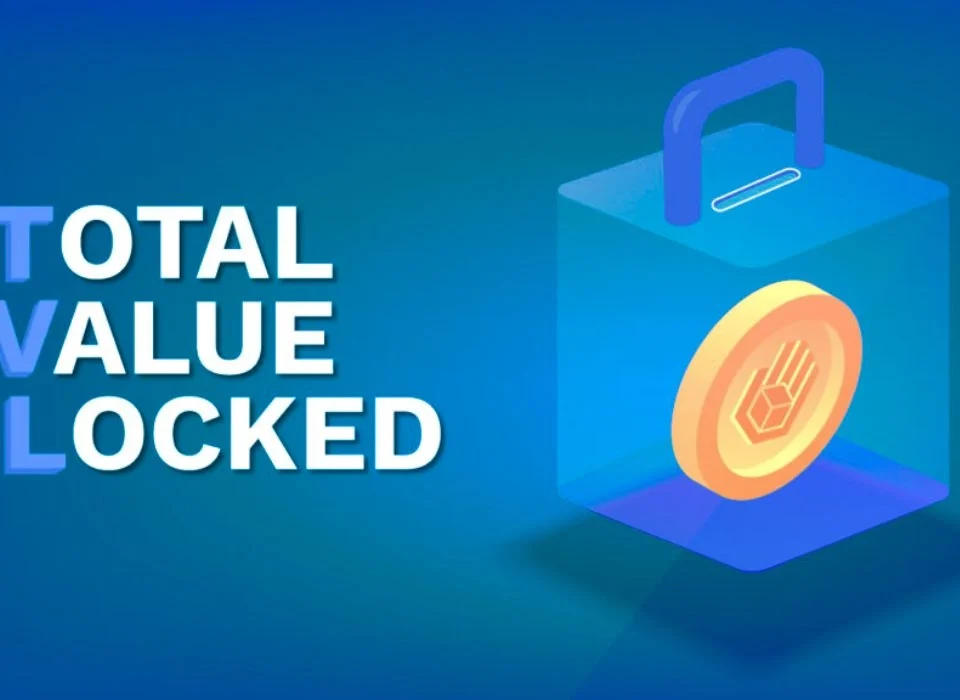
How to Use Crypto Lending and Borrowing Platforms
17/07/2024
Understanding the Different Types of Crypto Wallets
18/07/2024The Intersection of Cryptocurrency and Traditional Finance
The world of finance is undergoing a profound transformation, driven by the rise of cryptocurrencies. These digital assets, underpinned by blockchain technology, are reshaping the traditional financial landscape. This article explores the intersection of cryptocurrency and traditional finance, examining the impact, challenges, and future prospects of this dynamic relationship.
Introduction to Cryptocurrency and Traditional Finance
What is Cryptocurrency?
Cryptocurrency is a digital or virtual form of currency that uses cryptography for security. The most well-known cryptocurrency is Bitcoin, but there are thousands of others, including Ethereum, Litecoin, and Ripple. These digital assets operate on decentralized networks based on blockchain technology, which ensures transparency, security, and immutability of transactions.
What is Traditional Finance?
Traditional finance refers to the conventional financial system, which includes banks, stock markets, insurance companies, and other financial institutions. This system is characterized by centralized control, regulatory oversight, and reliance on intermediaries to facilitate transactions.
The Rise of Cryptocurrency
Early Days
The launch of Bitcoin in 2009 by an anonymous entity known as Satoshi Nakamoto marked the beginning of the cryptocurrency era. Initially, Bitcoin was used primarily within niche online communities and by tech enthusiasts. However, its potential for secure, peer-to-peer transactions without the need for intermediaries quickly gained attention.
Growing Popularity
As Bitcoin gained traction, other cryptocurrencies emerged, each with unique features and use cases. The cryptocurrency market grew rapidly, attracting investors, developers, and businesses. By the mid-2010s, cryptocurrencies began to enter mainstream awareness, with significant price increases and media coverage.
Impact on Traditional Finance
Disruption of Payment Systems
Cryptocurrencies offer a faster, cheaper, and more efficient alternative to traditional payment systems. Blockchain technology enables near-instantaneous cross-border transactions at a fraction of the cost of conventional methods. This has the potential to disrupt the remittance industry, which relies on expensive and slow transfer services.
Introduction of Decentralized Finance (DeFi)
Decentralized Finance, or DeFi, is a sector within the cryptocurrency space that aims to recreate traditional financial services using blockchain technology. DeFi platforms offer services such as lending, borrowing, trading, and insurance without the need for intermediaries. This democratizes access to financial services, particularly in regions with limited banking infrastructure.
Enhanced Security and Transparency
Blockchain technology’s inherent security features, such as cryptographic hashing and consensus mechanisms, reduce the risk of fraud and hacking. Additionally, the transparency of blockchain transactions enhances accountability and trust in financial operations.
Challenges at the Intersection
Regulatory Uncertainty
One of the biggest challenges facing the integration of cryptocurrency and traditional finance is regulatory uncertainty. Governments and financial regulators worldwide are grappling with how to classify and regulate digital assets. This uncertainty can hinder the adoption of cryptocurrencies and create legal and compliance challenges for businesses.
Volatility
Cryptocurrencies are known for their extreme price volatility. While this can create opportunities for high returns, it also poses risks for investors and businesses. The lack of price stability can be a significant barrier to the widespread adoption of cryptocurrencies in traditional financial systems.
Security Concerns
Despite the robust security of blockchain technology, the cryptocurrency space is not immune to hacks and scams. High-profile exchange hacks and fraudulent initial coin offerings (ICOs) have resulted in significant financial losses. Ensuring the security of digital assets and platforms remains a critical concern.
Integration with Existing Systems
Integrating cryptocurrencies with existing financial systems and infrastructure is complex. Traditional financial institutions need to upgrade their technology and processes to accommodate digital assets. Additionally, interoperability between different blockchain networks and traditional systems is a technical challenge that needs to be addressed.
Key Areas of Integration
Cryptocurrency Exchanges
Cryptocurrency exchanges are platforms that facilitate the trading of digital assets. They play a crucial role in the intersection of cryptocurrency and traditional finance by providing liquidity and price discovery. Major exchanges like Coinbase, Binance, and Kraken have become significant players in the financial ecosystem, offering a range of services from trading to custody solutions.
Institutional Adoption
Institutional adoption of cryptocurrencies has been a significant driver of market growth. Hedge funds, investment banks, and asset managers are increasingly incorporating digital assets into their portfolios. Companies like Tesla and MicroStrategy have also made headlines by adding Bitcoin to their balance sheets, signaling growing acceptance in the corporate world.
Central Bank Digital Currencies (CBDCs)
Central banks worldwide are exploring the development of Central Bank Digital Currencies (CBDCs). These are digital versions of national currencies that leverage blockchain technology. CBDCs aim to combine the benefits of cryptocurrencies, such as faster transactions and reduced costs, with the stability and regulatory oversight of traditional fiat currencies.
Payment Processors
Payment processors like PayPal and Square have integrated cryptocurrency services, allowing users to buy, sell, and hold digital assets. This integration brings cryptocurrencies closer to everyday use, enabling seamless transactions between traditional and digital financial systems.
Future Prospects
Increased Regulation
As cryptocurrencies become more integrated with traditional finance, increased regulation is inevitable. Regulatory frameworks will likely evolve to provide clarity and protect investors while fostering innovation. Collaboration between regulators, industry stakeholders, and technology developers will be crucial in shaping effective policies.
Technological Advancements
Continued technological advancements will drive the integration of cryptocurrency and traditional finance. Innovations in blockchain scalability, interoperability, and security will address current challenges and open new opportunities for collaboration. Projects like Ethereum 2.0 and the development of cross-chain solutions are examples of efforts to enhance the functionality and efficiency of blockchain networks.
Mainstream Adoption
The mainstream adoption of cryptocurrencies will depend on their ability to address existing limitations and offer tangible benefits over traditional financial systems. As user-friendly platforms, improved security measures, and regulatory clarity emerge, more individuals and businesses will likely embrace digital assets.
Enhanced Financial Inclusion
Cryptocurrencies have the potential to enhance financial inclusion by providing access to financial services for the unbanked and underbanked populations. DeFi platforms, in particular, offer an alternative to traditional banking, enabling individuals to participate in the global financial system without relying on centralized institutions.
Hybrid Financial Models
The future may see the emergence of hybrid financial models that combine the strengths of traditional finance and cryptocurrencies. For example, traditional banks could offer crypto-related services such as custody, lending, and investment products. Conversely, DeFi platforms could incorporate elements of traditional finance, such as regulatory compliance and consumer protection measures.
Conclusion
The intersection of cryptocurrency and traditional finance represents a significant shift in the financial landscape. While the integration of these two worlds presents challenges, it also offers immense opportunities for innovation, efficiency, and inclusivity. As the ecosystem evolves, collaboration between traditional financial institutions, regulatory bodies, and the crypto community will be essential to harness the full potential of digital assets.
Cryptocurrencies are no longer a niche phenomenon; they are becoming a fundamental part of the global financial system. By understanding the dynamics at play and navigating the complexities of this intersection, stakeholders can position themselves to thrive in the new era of finance.



